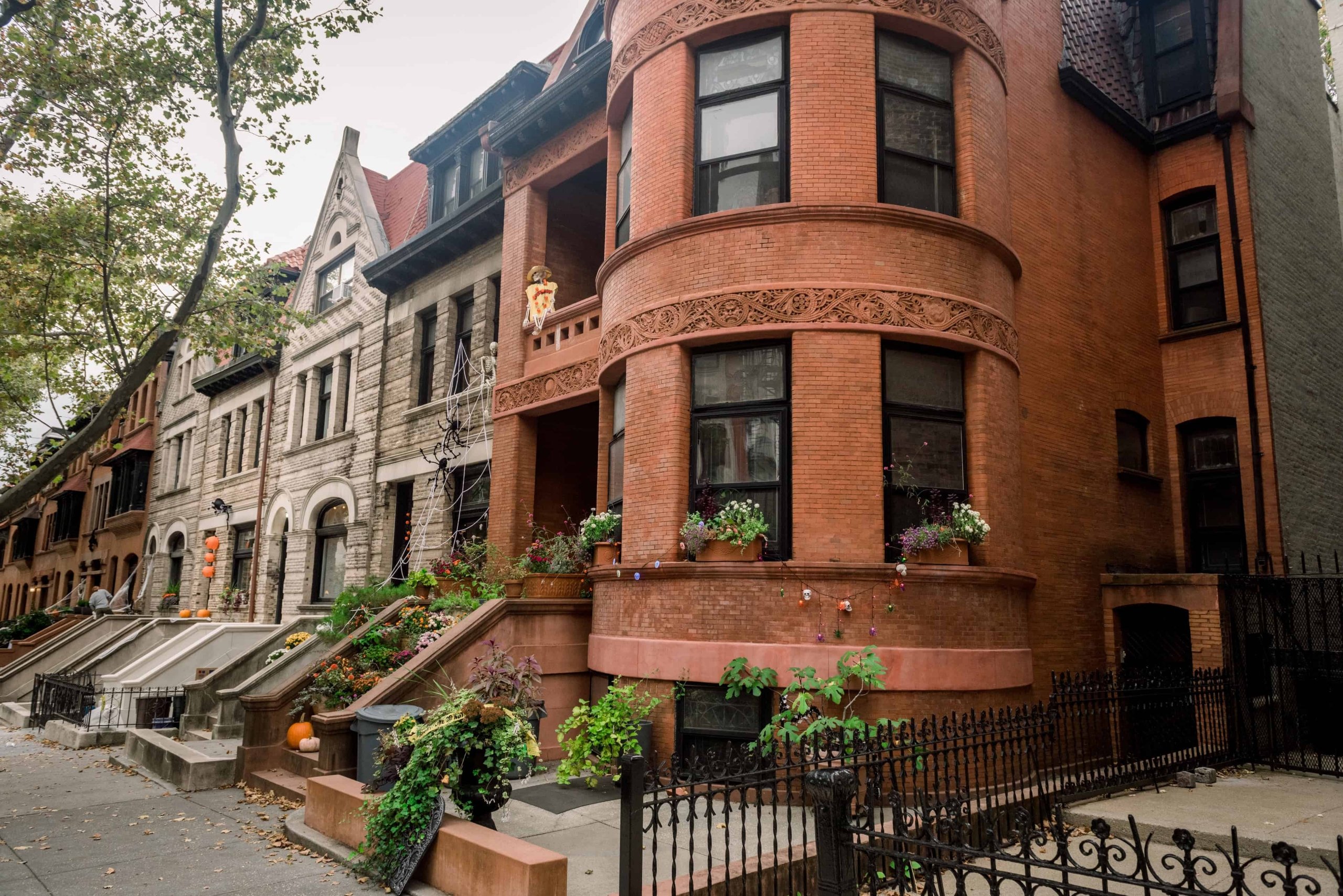In New York, transferring your house to a trust begins with creating a trust document that includes the trust’s terms, the names of beneficiaries, and how you want assets in the trust distributed when you die. Next, transfer the title from your name to that of the trust. A new deed names the trust as the grantee and is signed in the presence of a notary public. Finally, record the deed in the office of the county clerk. If the house is held by a lender, the mortgage holder as well as insurers of your home insurance must be notified.
Trusts are important tools that provide flexibility, probate avoidance, tax benefits, and other advantages for estate planning purposes or even during the grantor’s lifetime. An experienced New York trust Lawyer from Pierro, Connor & Strauss can advise New Yorkers from the greater Albany and NYC metro area on all trust matters from creation and administration to litigation.
The Structure of Revocable or Living Trusts
A revocable trust, also known as a living trust, allows you to place assets in the trust and retain full use of them while you are alive. After your death, your beneficiaries inherit the house and other assets in the trust. You must create a joint trust if the house is co-owned with a spouse.
The person creating the trust is the grantor. The grantor can make his or herself the trustee or choose another party. Most grantors name themselves as trustee but name a successor to manage it after their deaths or if they become incapacitated.
The grantor can modify a revocable living trust at any time during their life. If they decide to sell the house, they can do so in the same way as if it were still in their name. The trust sells the property and retains the proceeds.
Our Partners

Louis W. Pierro
Pierrolaw
Aaron E. Connor
Pierrolaw



